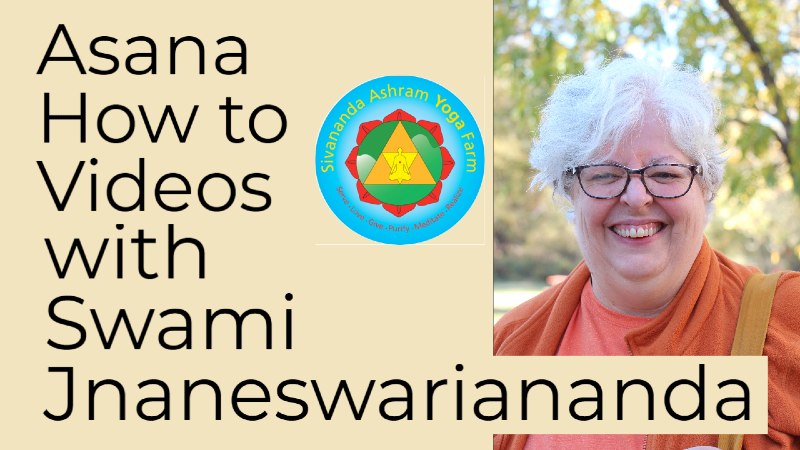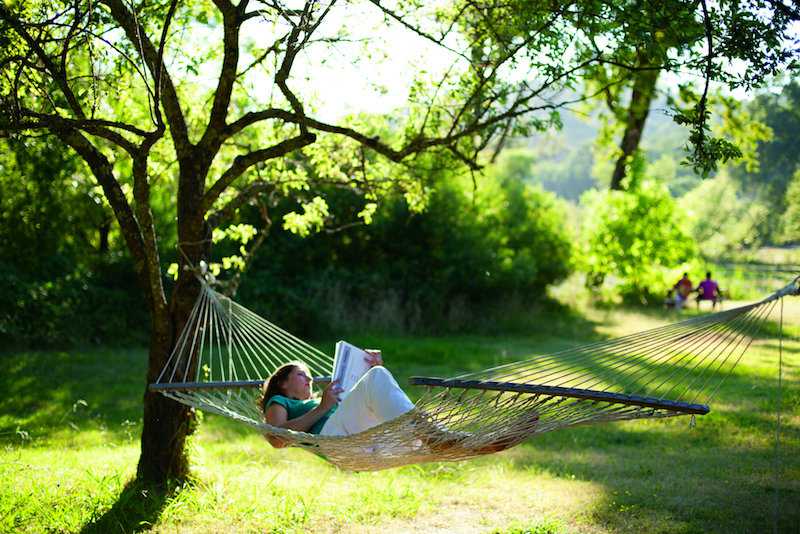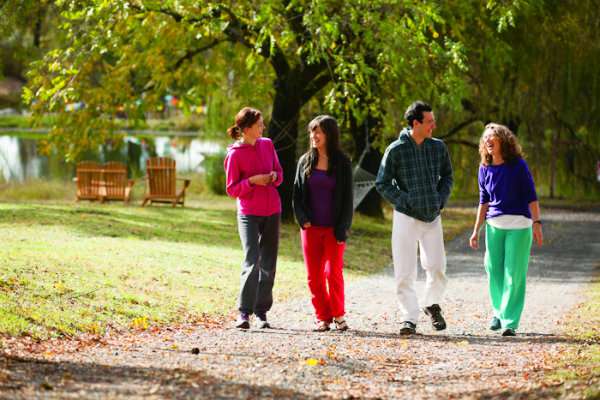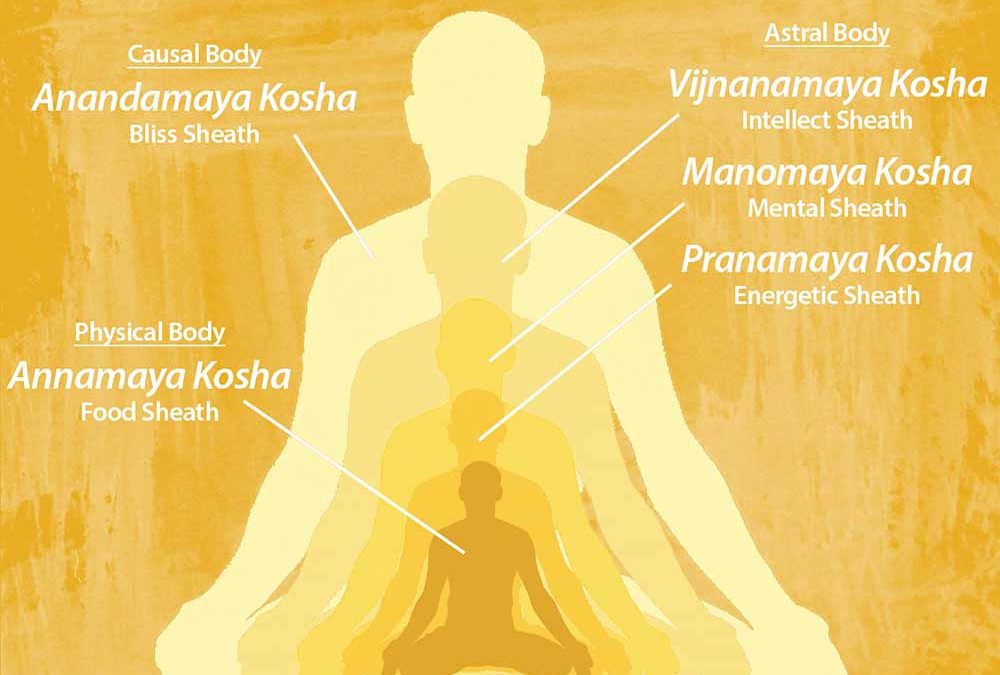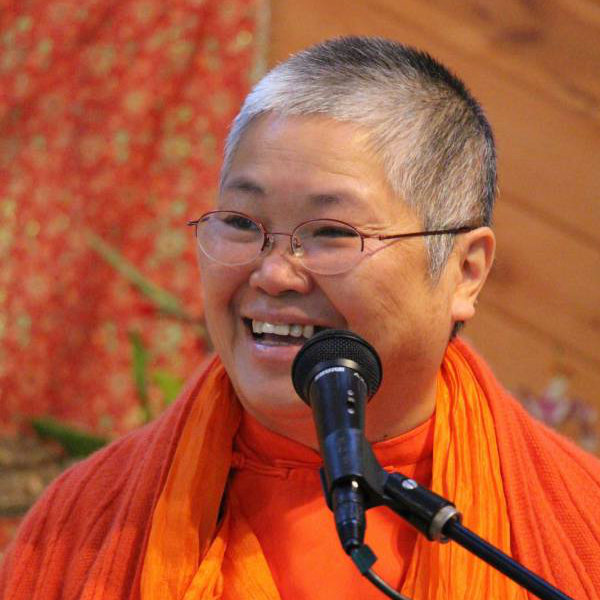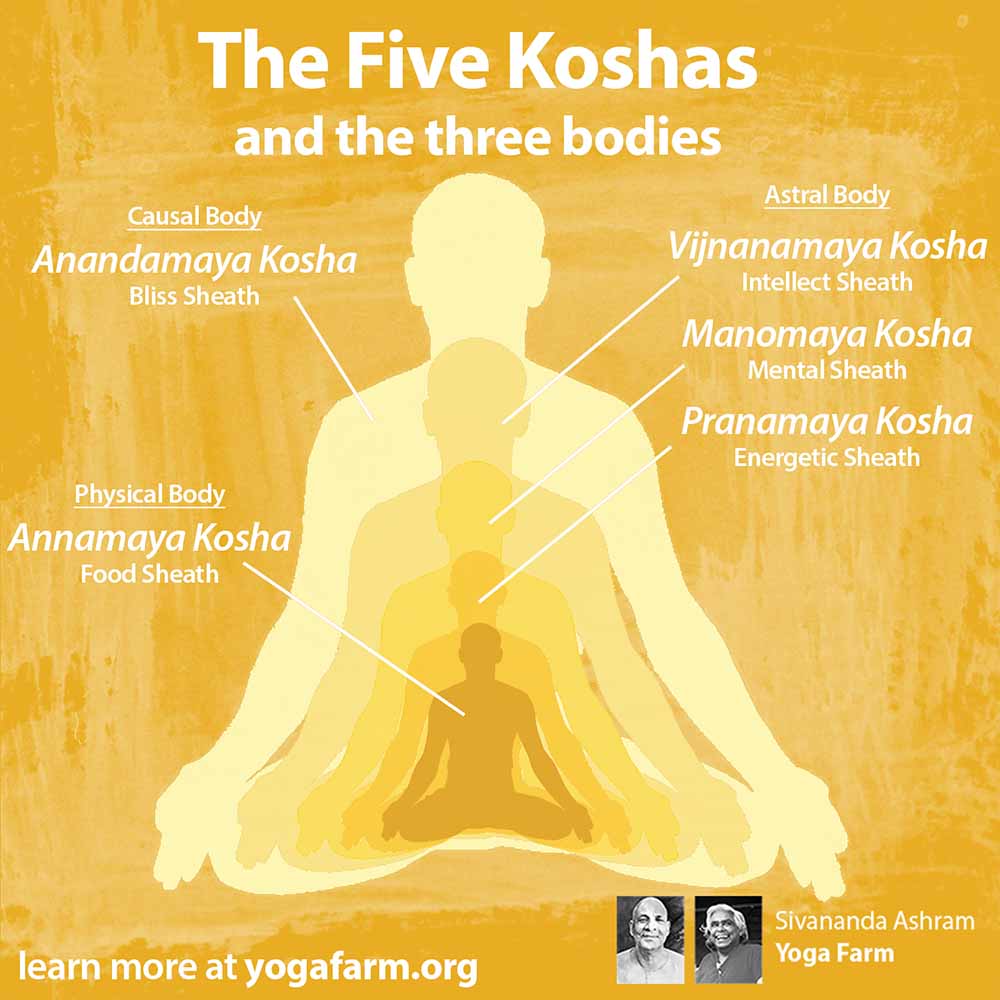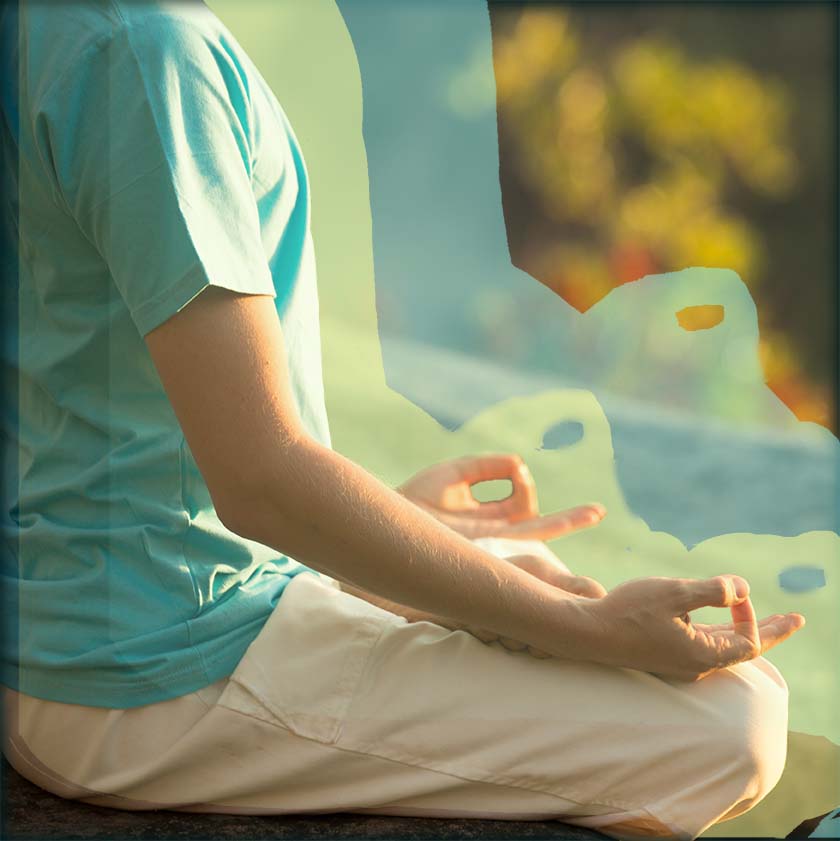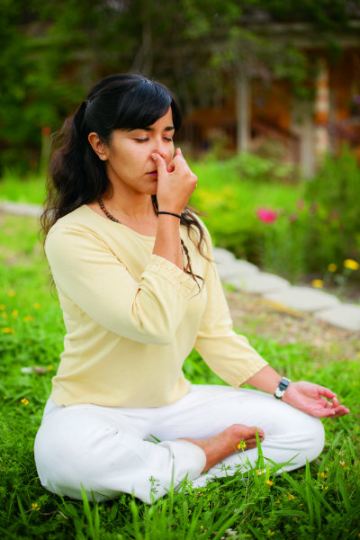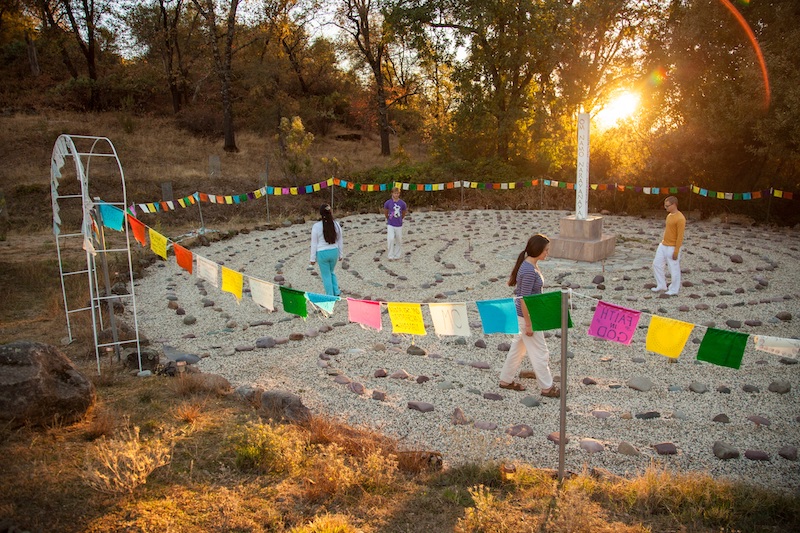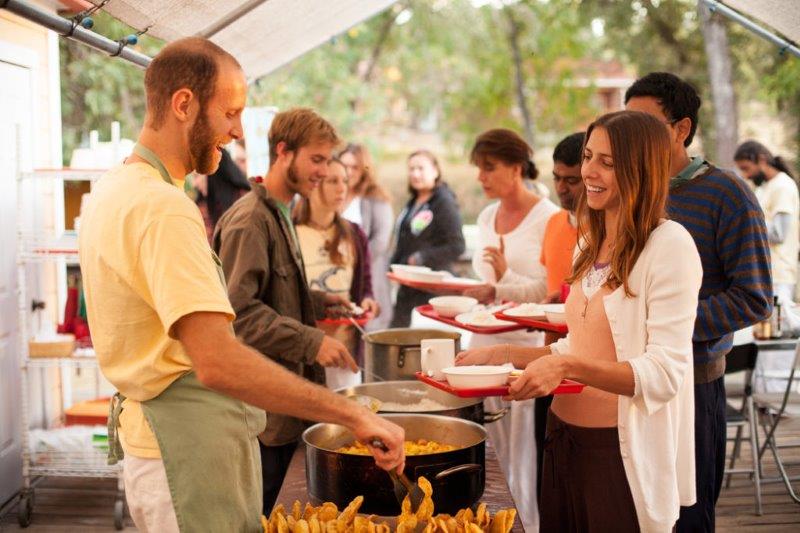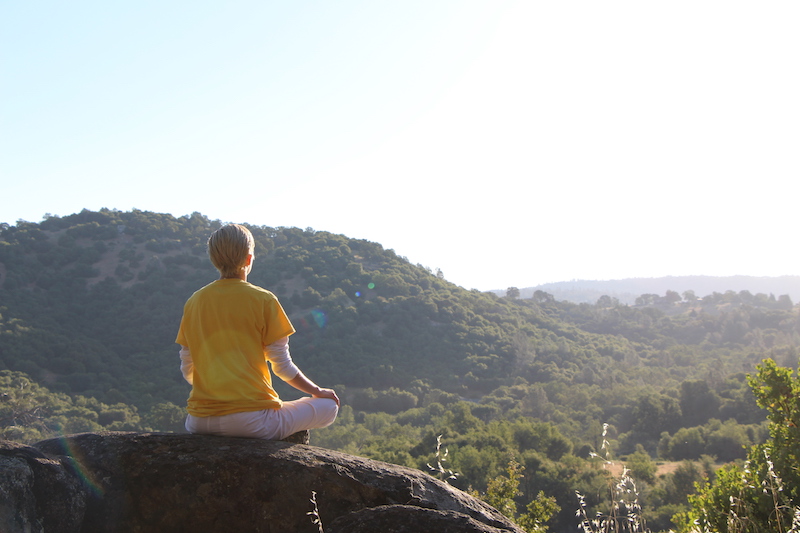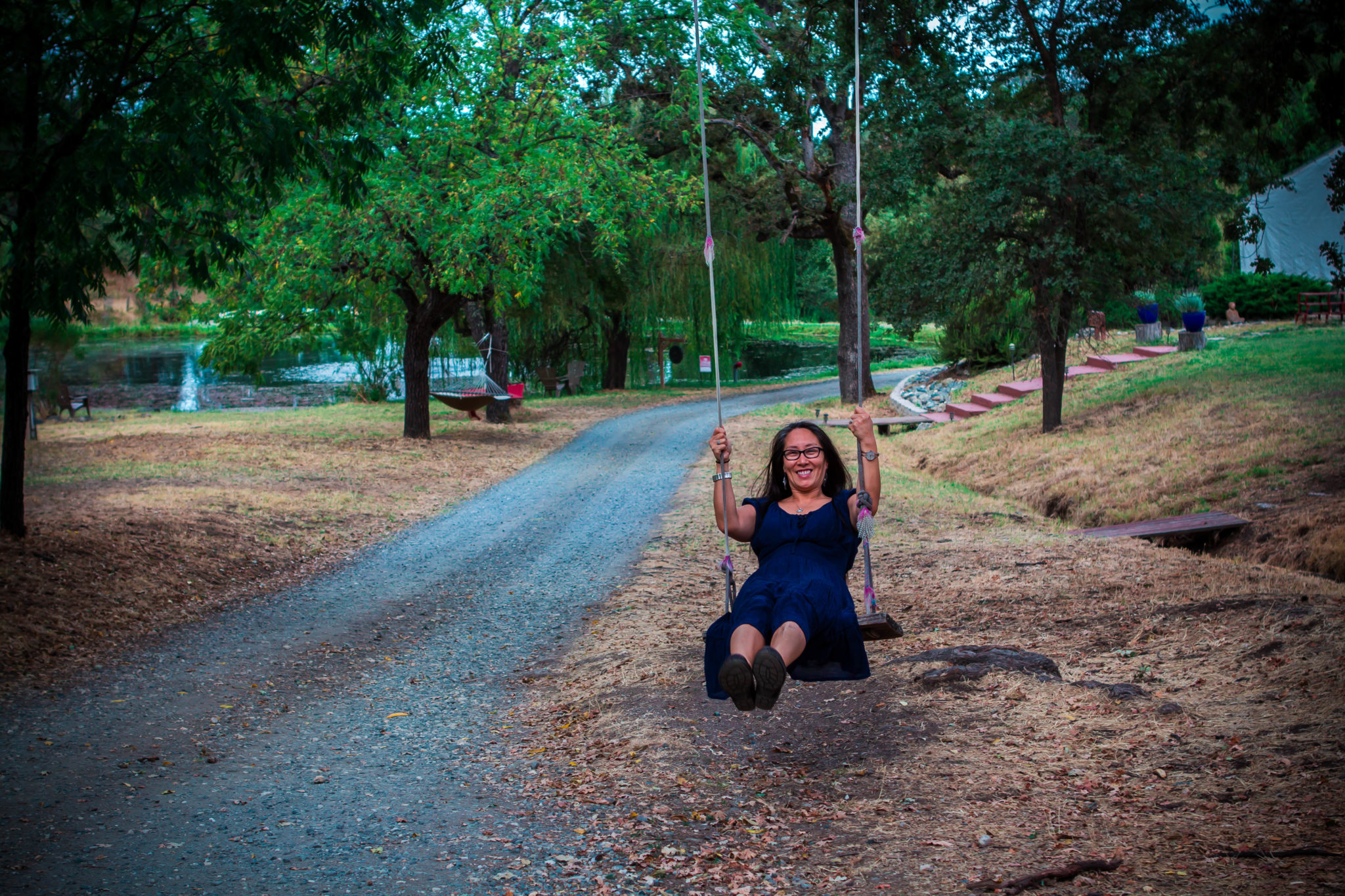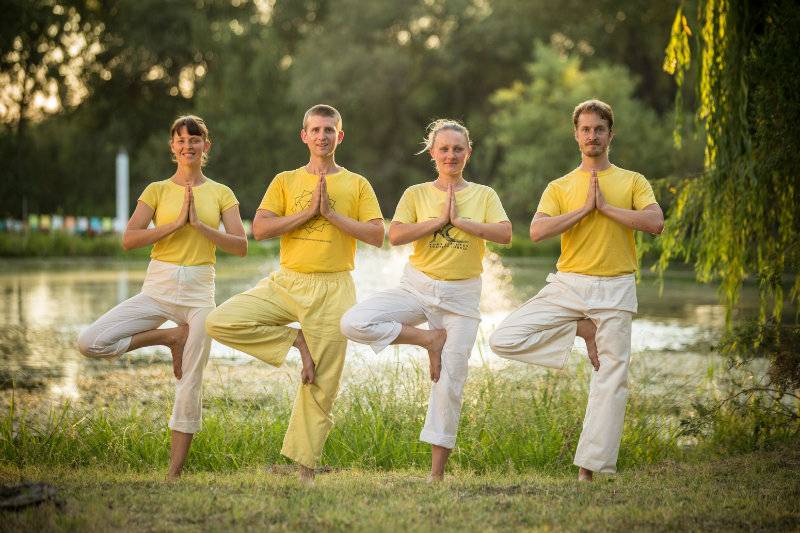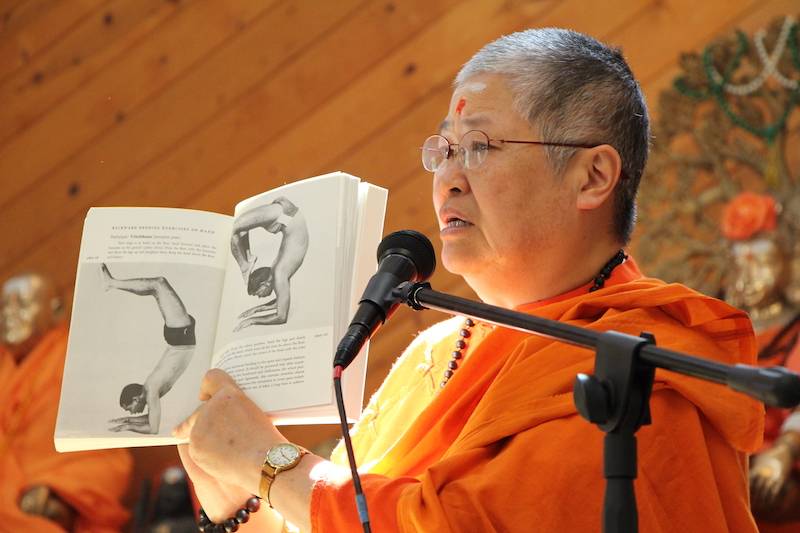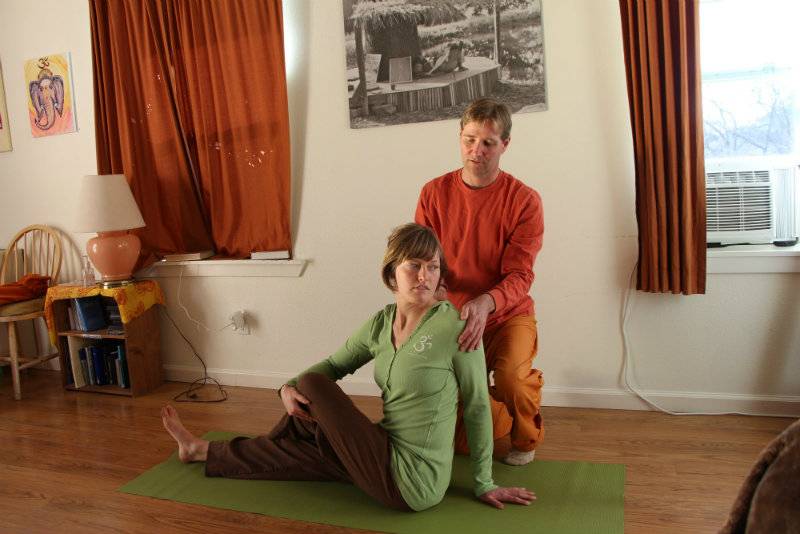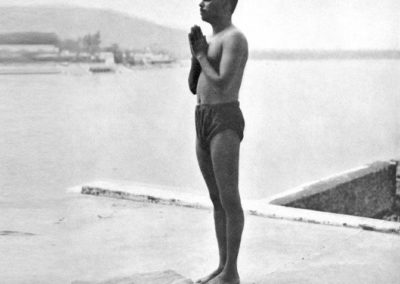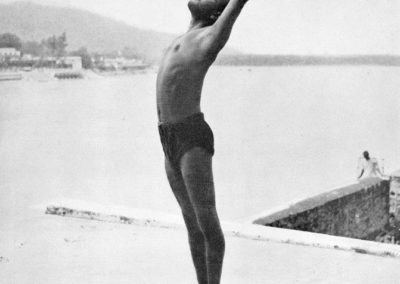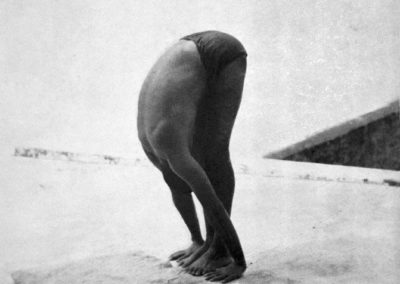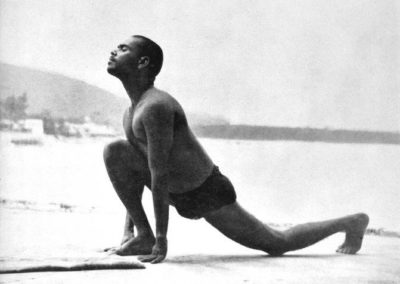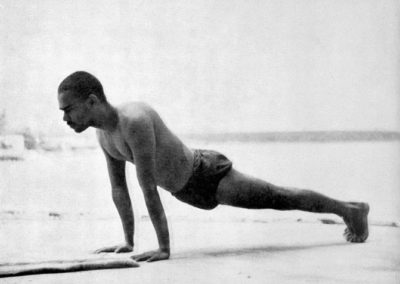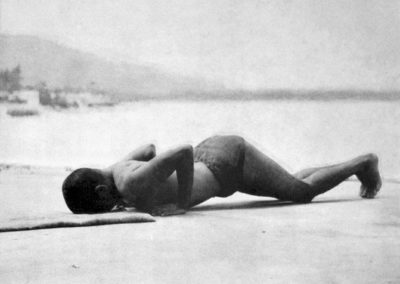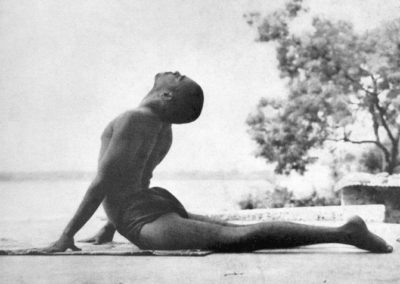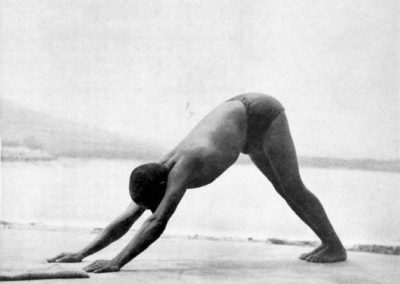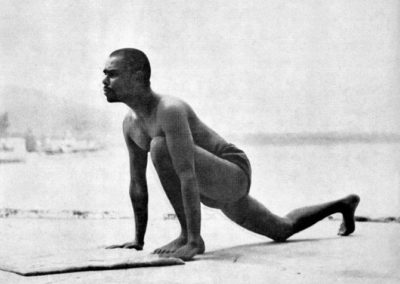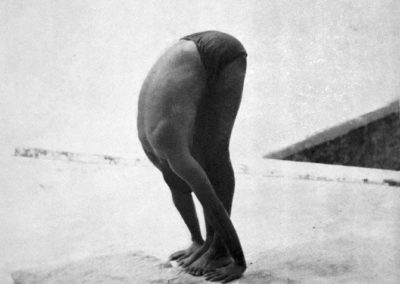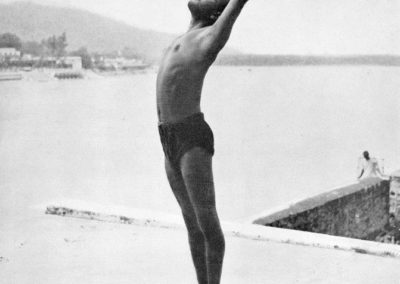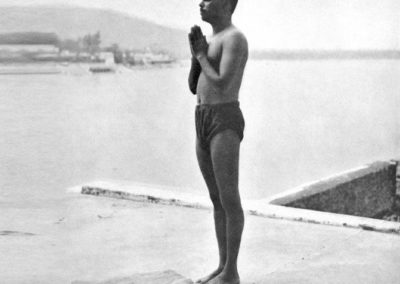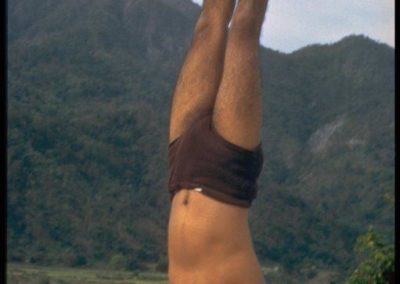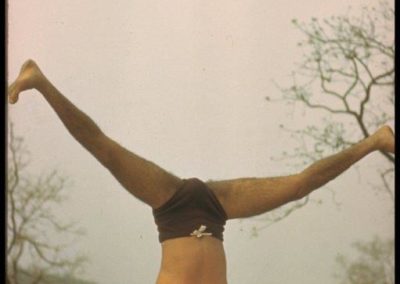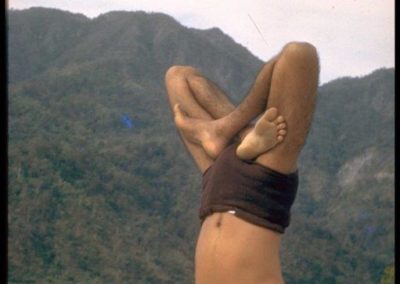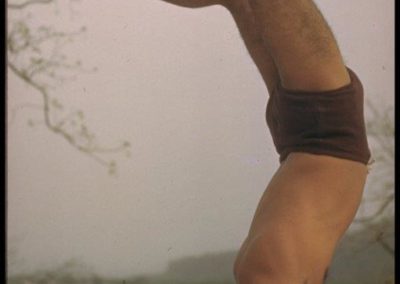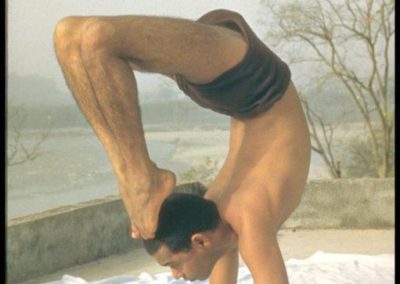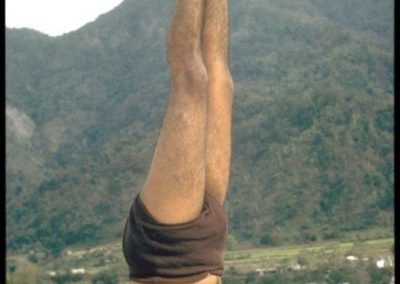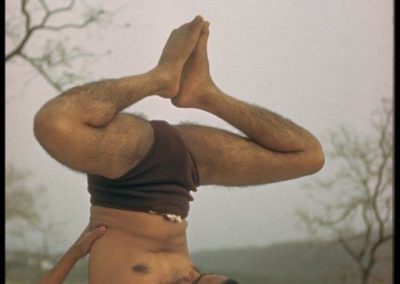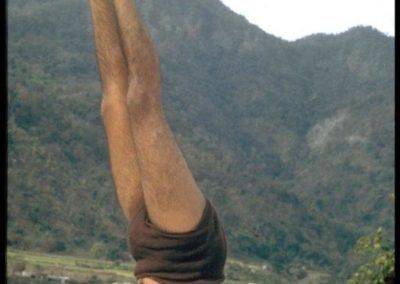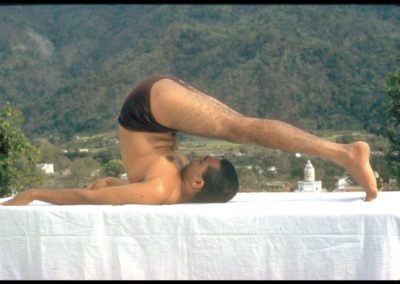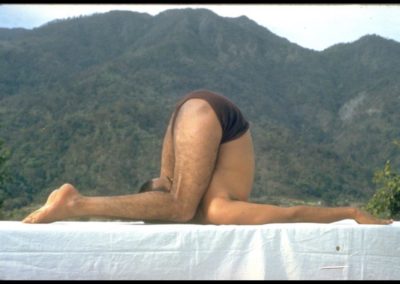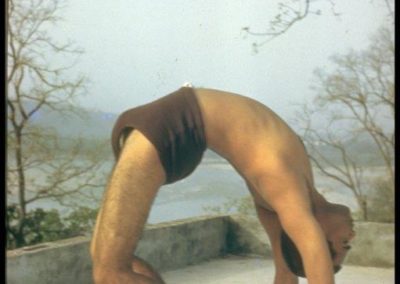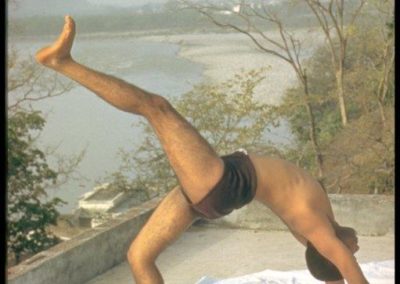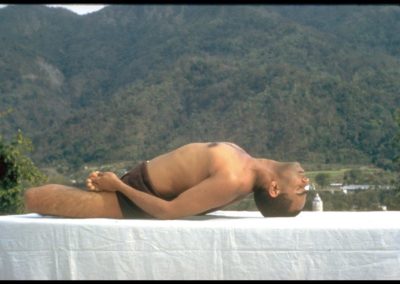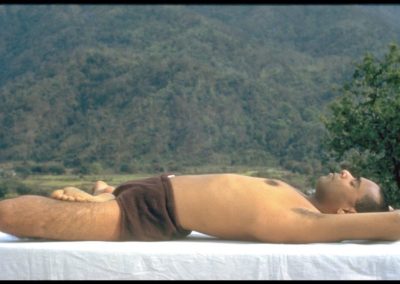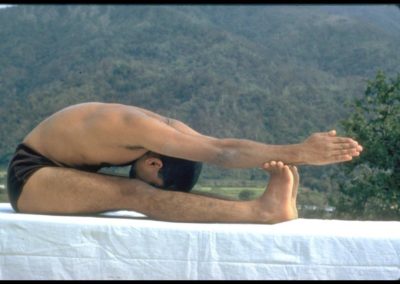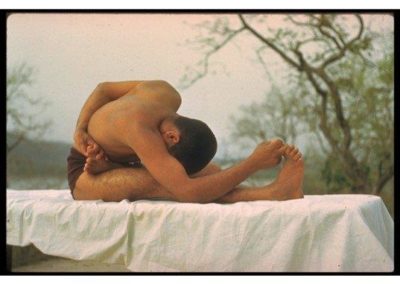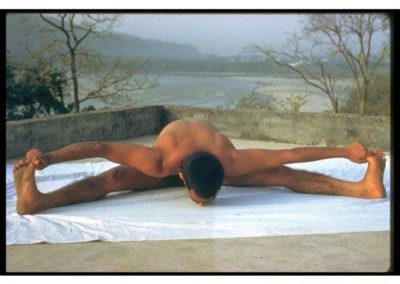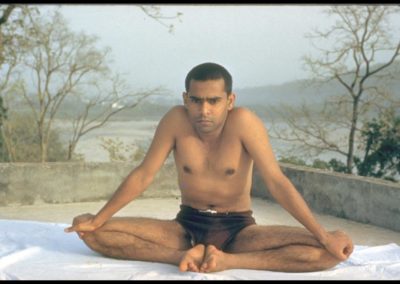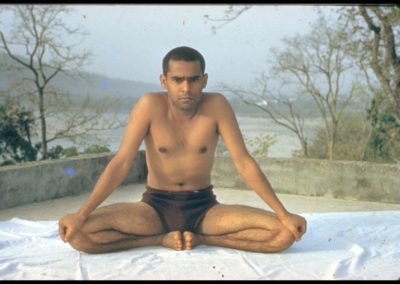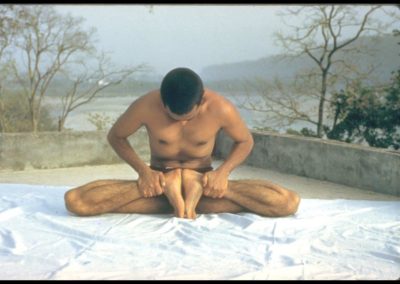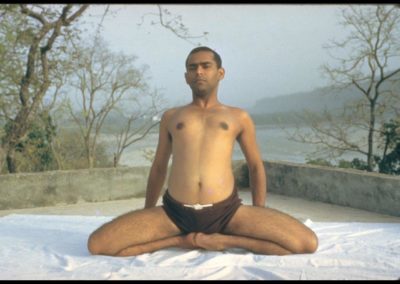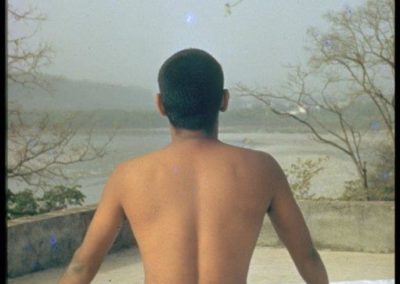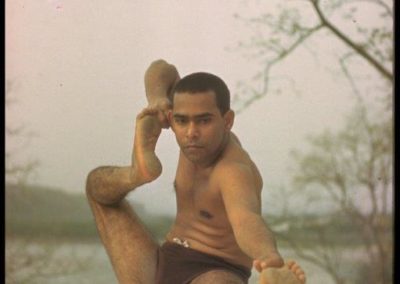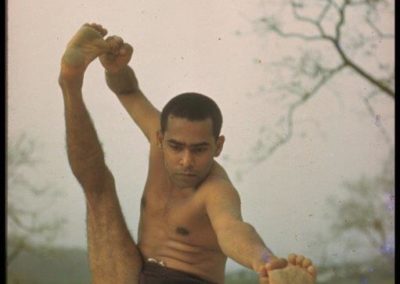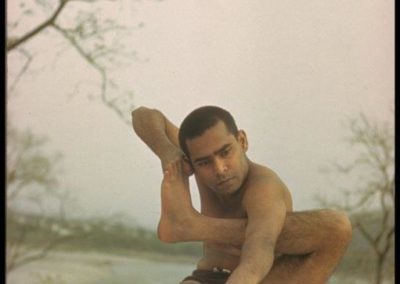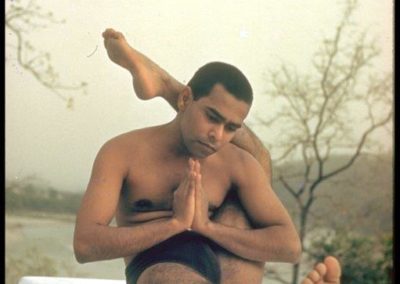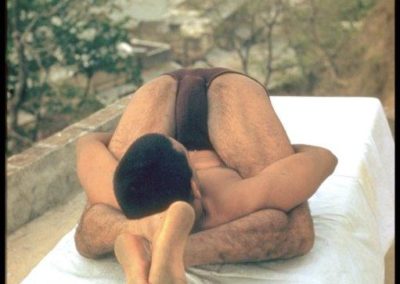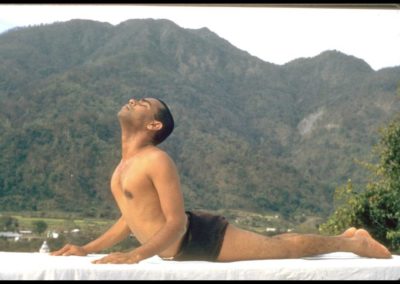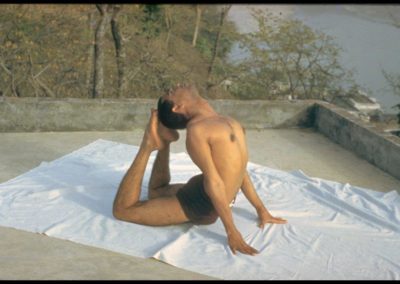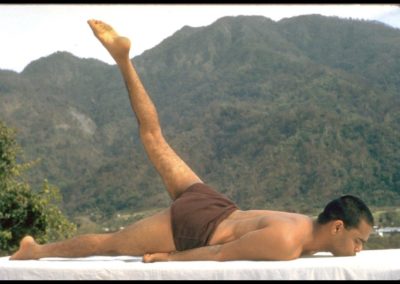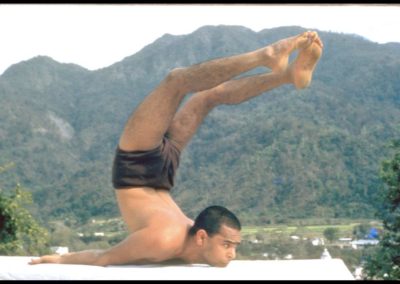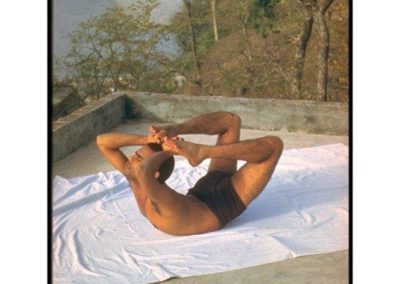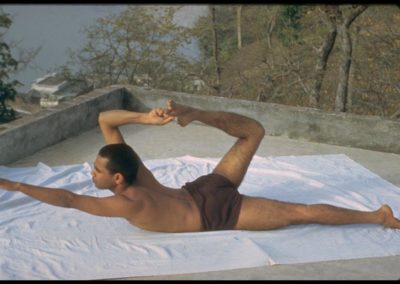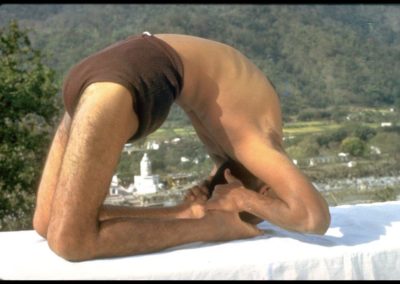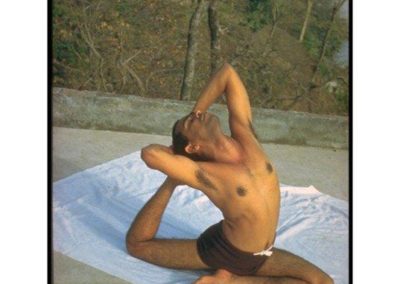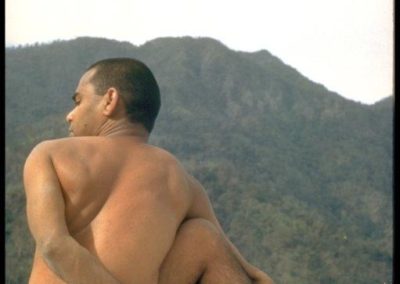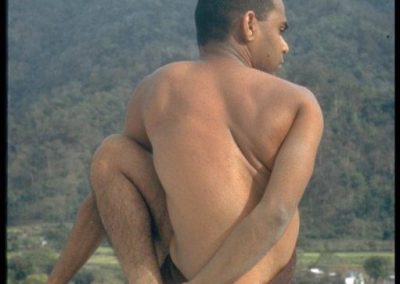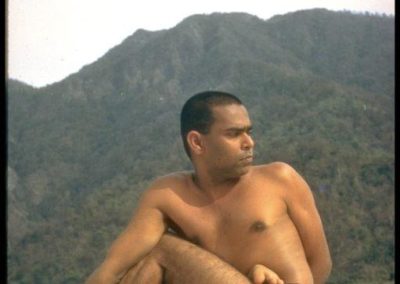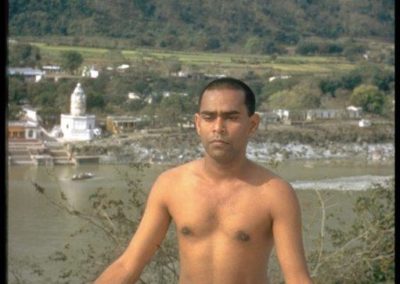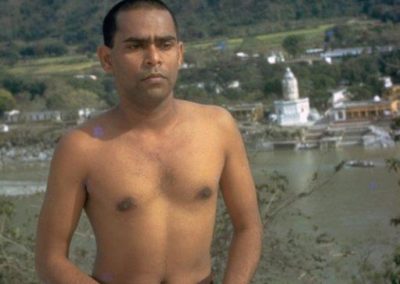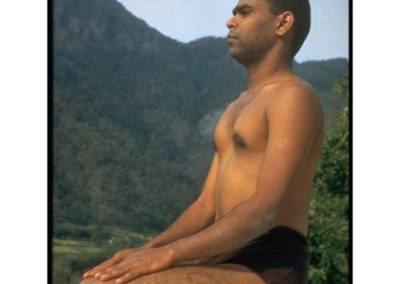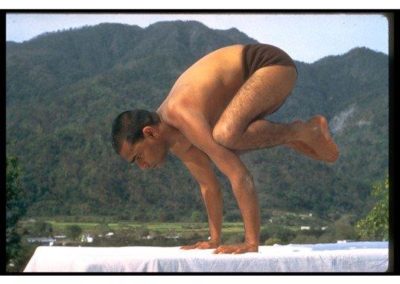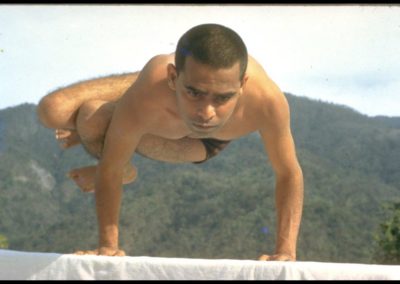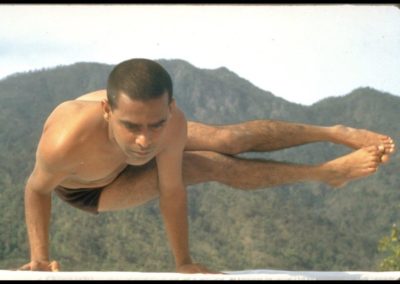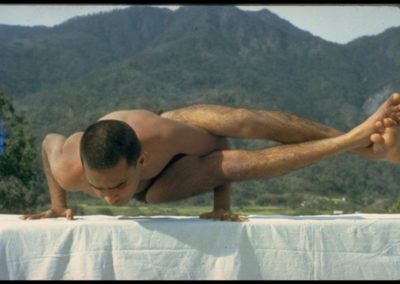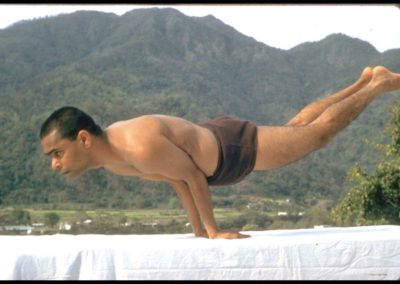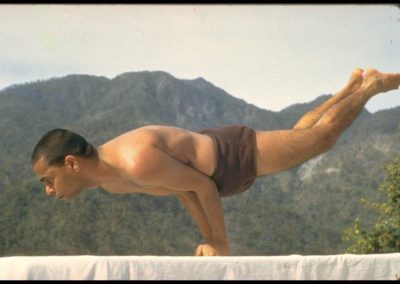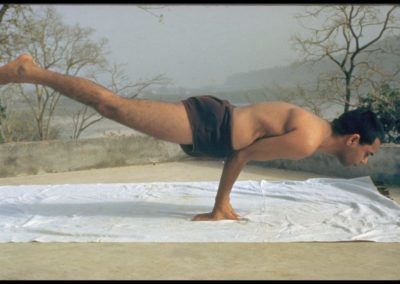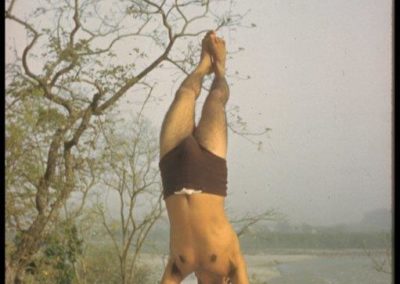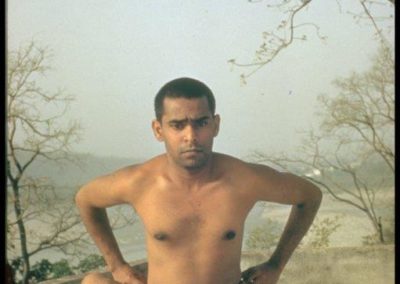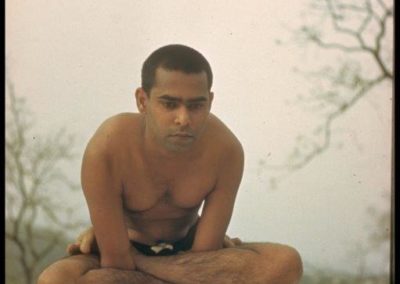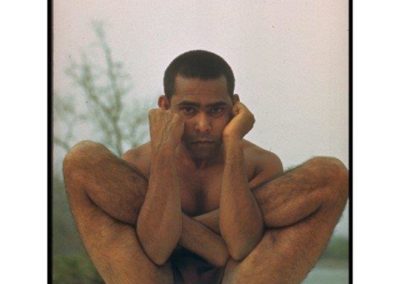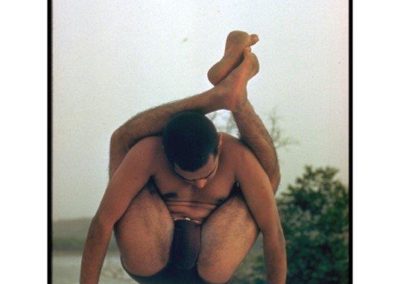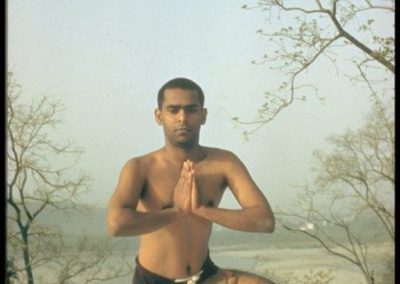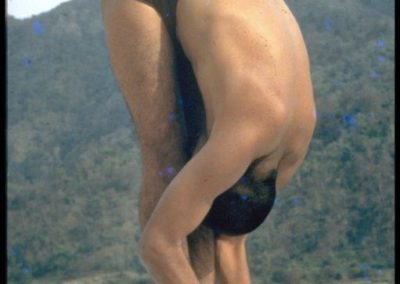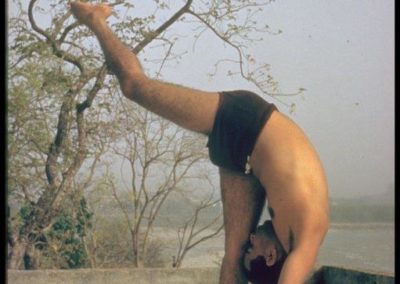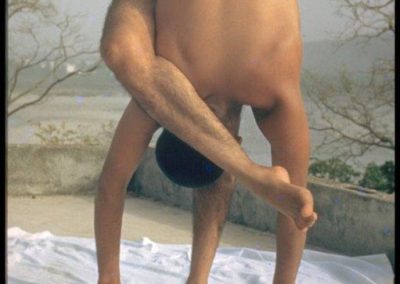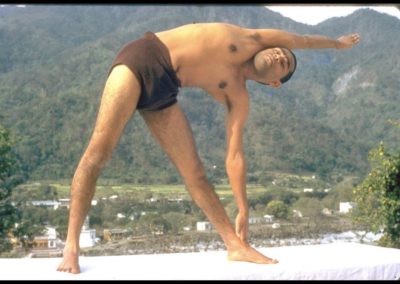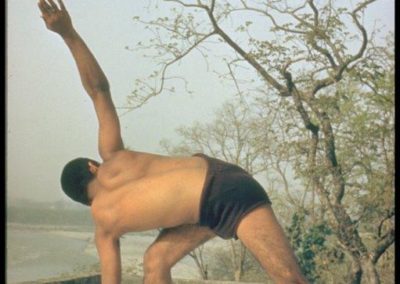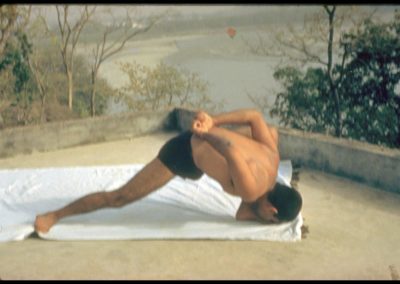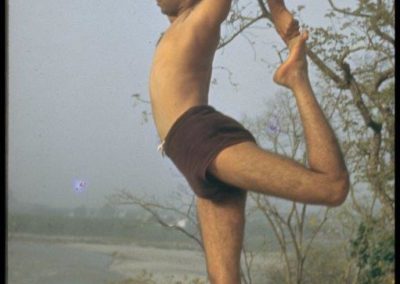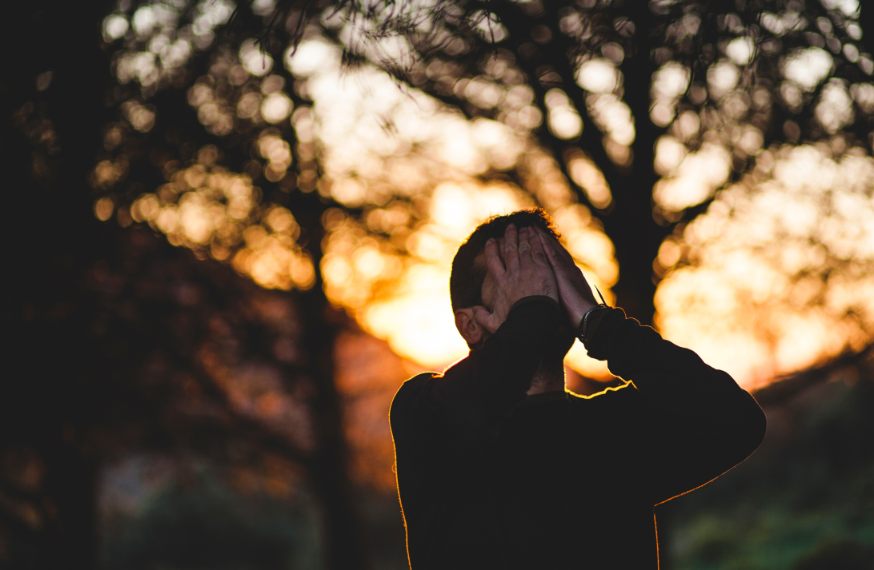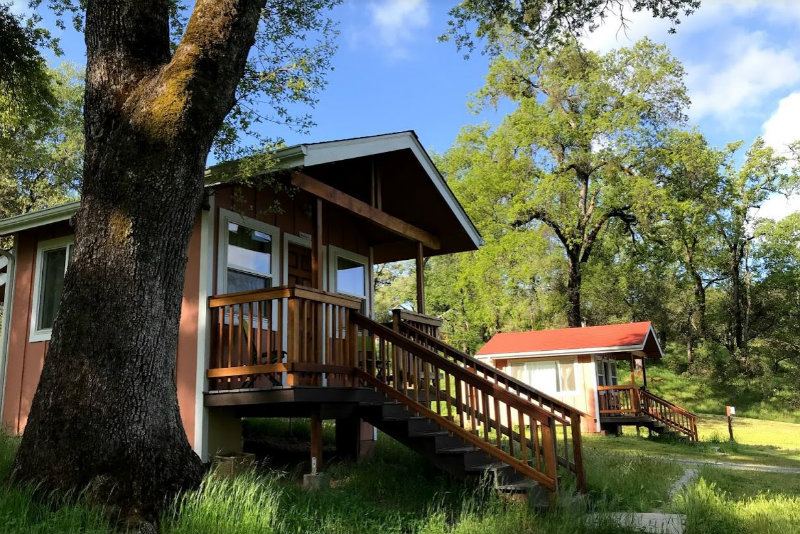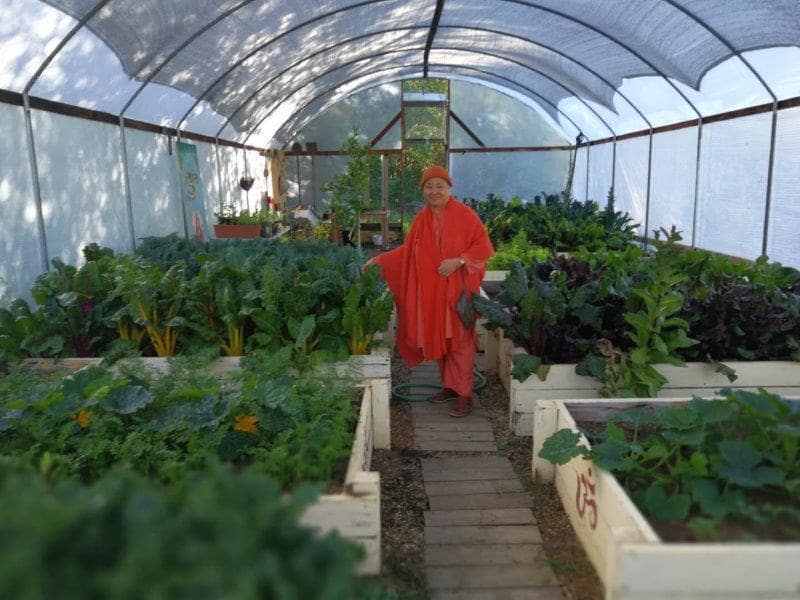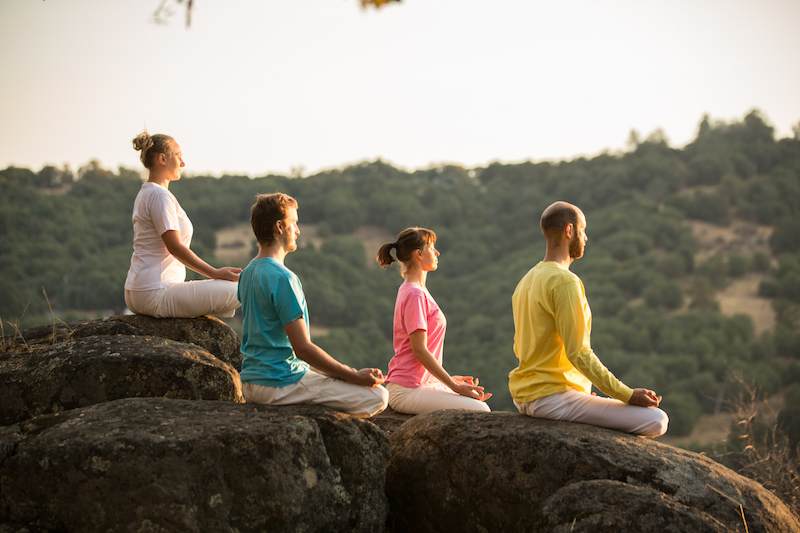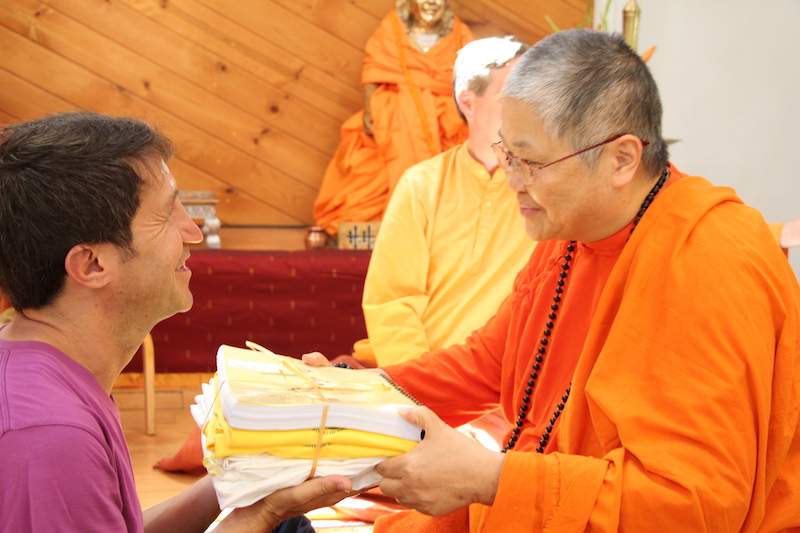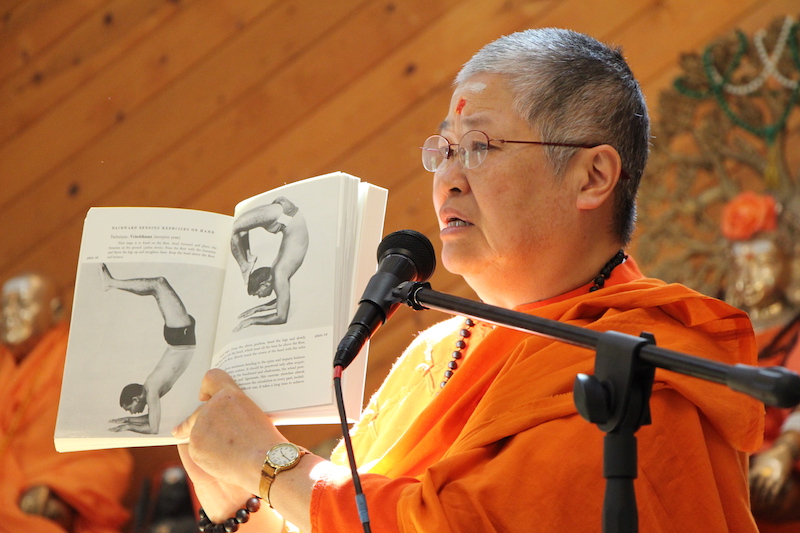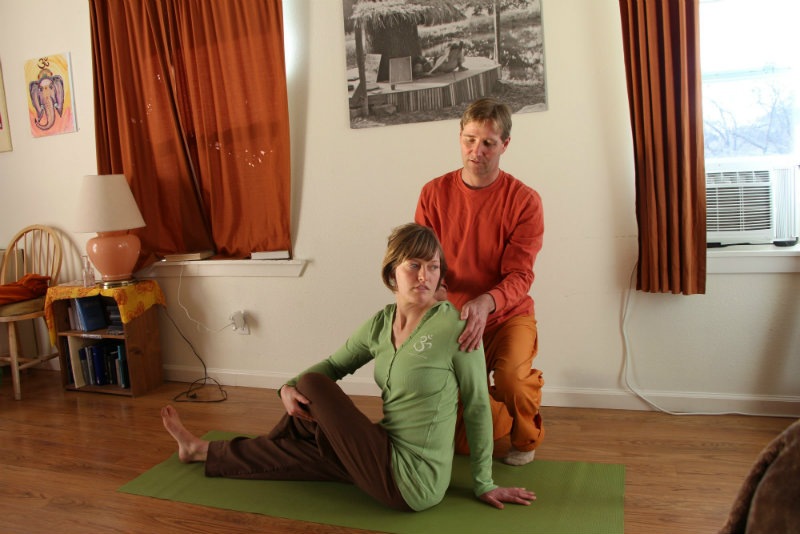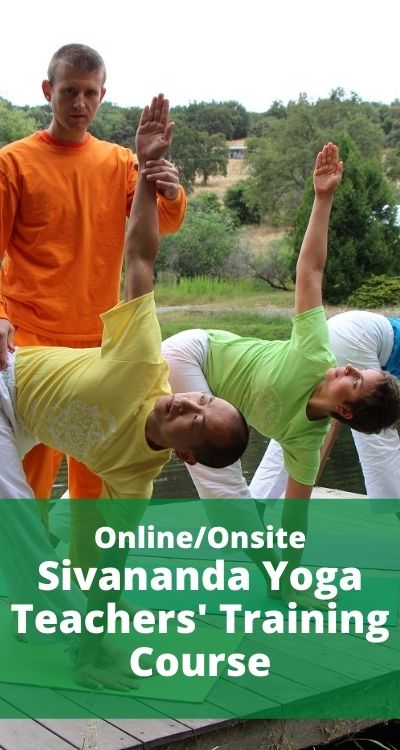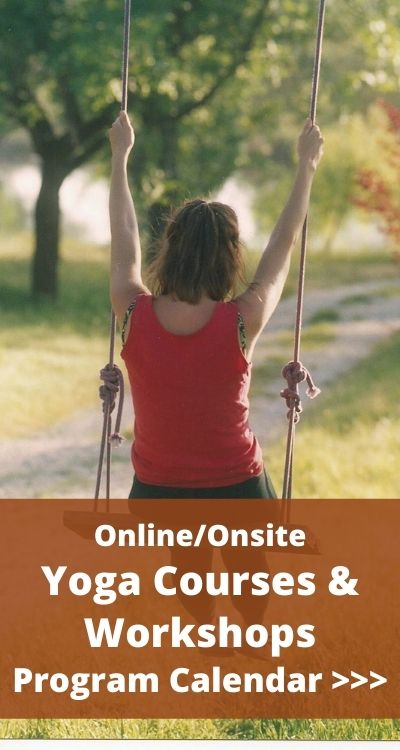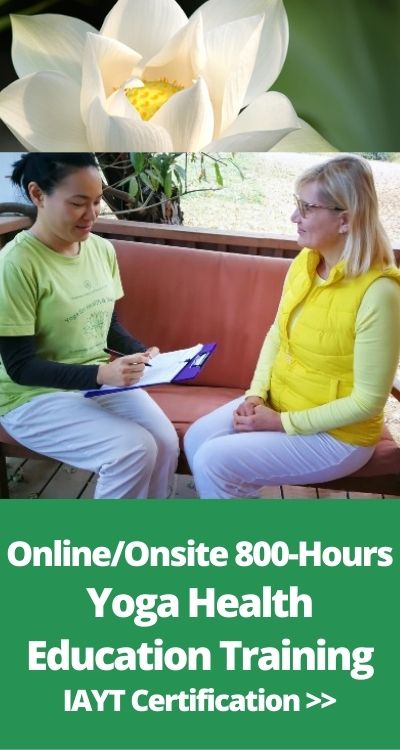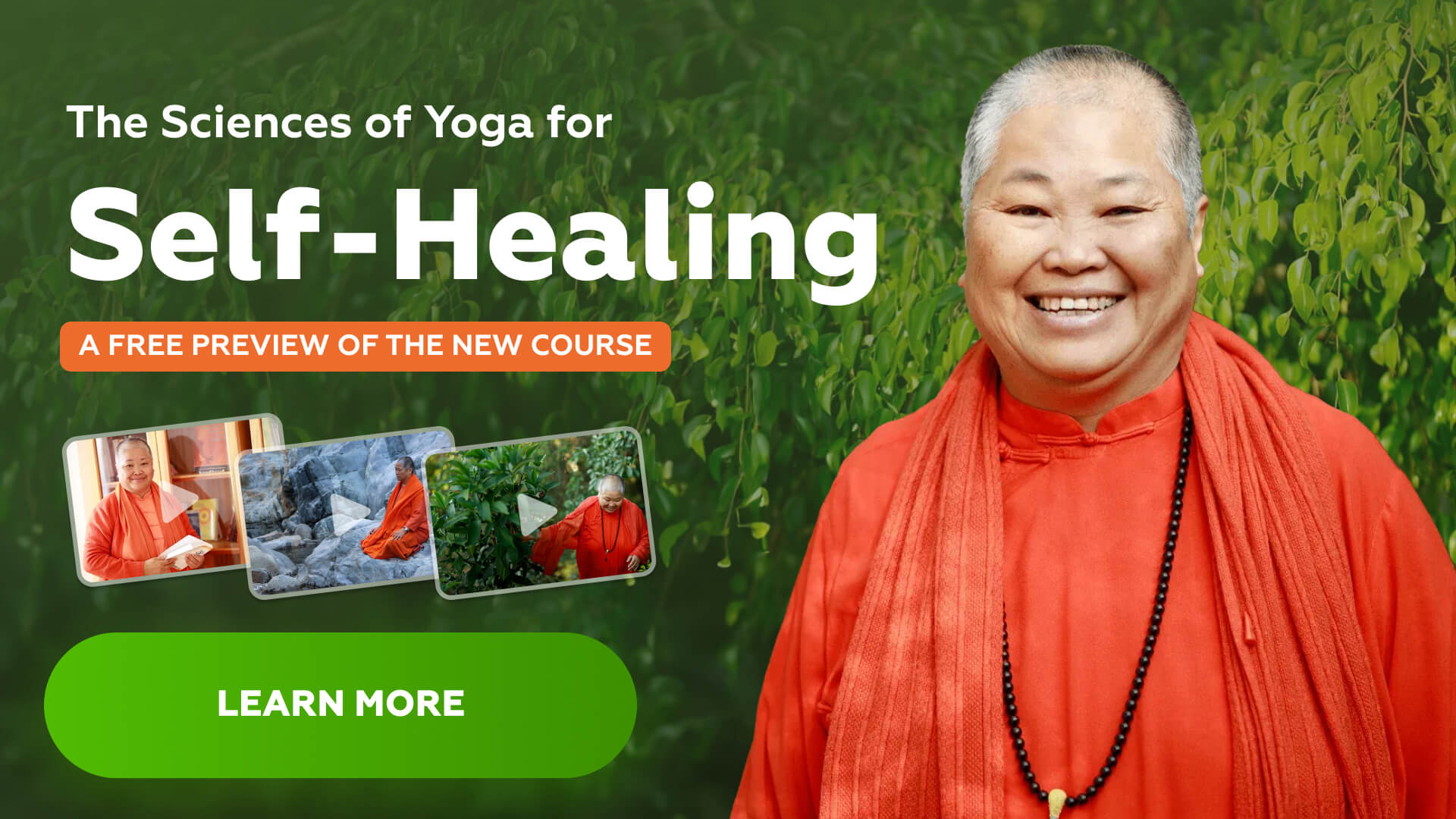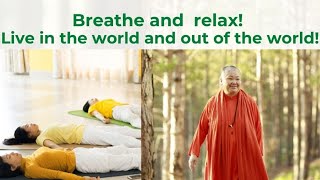
Breathe and relax! Live in the world and out of the world!
A satsang on line with swami Sitaramananda
05/10/2020
Preparation:
The topic of today is highly philosophical, yet practical. It is essential to understand it so we know what to do to be healthy and free. Please be ready during this presentation to be able to do 6 practical breathing and relaxation lessons. Make sure you have space to lie down, and that your room be ventilated.
1. Lie down in sarvasana posture and learn to breathe abdominally, without pillow or with pillow. Get a pillow ready, the more it is heavy it is better.
2. sit up either on chair or cross legged on the ground and learn to breathe and relax sitting up.
3. while sitting up, learn Kapalabati breathing (cleansing of the lungs) .
4. learn basic Anuloma Viloma basic, alternate nostril breath, without retention and with retention.
5. lie down again, and learn to breathe and relax along with positive affirmations. 6. Last, learn tense and release and complete guided relaxation.
Why the topic of today?
The truth these days of Corona virus pandemic is we loose ourselves and our minds drifted in confusion. We are stressed and we have tendency to not breathing correctly. We panicked and reacted this way or another. The news of the world took our well being away, thought by thought, breath by breath. We are caught up in the alarming and contradictory news. The world seems to be negative and conflictual. The focus nowadays is “disease”, not “health”. Our key words are “ death count”, “wear masks!” , “wash hands!”, “social distancing”, “ go back to normal”, “ the old normal”, the “new normal”.
Today I like to introduce you two new key words: “breathe and relax”! a new motto “breathe and relax!”
Why breathe and relax are two important practices to remember at all times?
Breathing is life affirming. It reminds us to stay healthy, body-mind-spirit while living.
Relaxation is be detached from the illusory world of our mind. So…breathe and relax!
Disclaimer: right breathing and right attitude towards life will not prevent you from getting the virus, but it will boost your immune system and your quality of life and even if you get sick, you will be stronger to heal and you will be more equipped to know what to do to help yourself.
Switch it around: Think of Health and not of disease!
- Health is our birthright! We are the master of our health, we are not victim.
- Our life is worth living, therefore struggle to attain true health and to remain positive. This inner affirmation about our worthy life is a good start to help us struggle for self improvement. Breathe for your life! Relaxation gives us life !
- Life is sacred, need to see the sacredness in our life and in life surrounding us. This right attitude will bring health in our life.
- You are equipped and supported by Mother Nature, remember her, go back to Nature. Happy Mothers’ Day!
- Go back to basics… and build up resilience and increase our immunity the natural way! We are equipped with the Power of conscious intention.
Our Thought power is in our hands! Negative thoughts spread like virus. But we are Master of our destiny.
- Focus on Health and not on disease. You can build your health !
- We are essentially free. Focus on our innate freedom! All is good. We are strong and courageous. Everything happens because we have lessons to take away!
Think of the analogy of the lotus flower :
The lotus is a beautiful and very fragrant flower that grows out from the mud. The lotus is the symbol well used by meditators. The lotus represents spiritual life It is the theme of this webinar: “ How to live in the world of pains and sufferings and be free!” In other words:” how to live out our karmas and be free!”
What is the true nature of the world?
- There is no objective world. The world seems to be external to ourselves. But the world is in fact a projection of our mind, according to the yogis. The world is the stage where our karmas will be played out.
We are not living in the same world. Depending on our karma we will perceive the world differently.
From another point of view the world is a creation of God. Both ways of explanation say that it is not material or objective, not something we can control or see with our worldly mind but it is a matter of consciousness.
- Our mind’s projections are called “the world”: We are attached to our projections of our ideas about people outside of ourselves. Our repeated mind projections create an idea that the world is solid and real.
- As we keep remembering our past experiences as recorded in our minds and as we keep projecting them out or as our consciousness keeps choosing the same outcome, we replay more or less the same scenario and the world appears as objective.
- This projected world seen as solid and real outside of ourselves consists of objects. We live in the world of objects and we forget that they are the products of our minds and consciousness at the first place. These objects are perceived by our senses therefore the world we live in is termed a “sensual world”.
Who am I? I am not the objects of my perception and attachments.
The objects of our perception (and attachments) can be:
- Our body
- people or things: people can be our family and friends, things can be our home and work environment, familiar landscape or our possessions.
- phenomena of nature, made of the five gross elements (Earth, Water, Fire, Air and Ether). These gross elements exist in their subtle form in the mind.
But Who is the subject, the perceiver?
I am. We are, our True Self is. Objects are multiple, but the Self is One: The key to find peace at all times is to remember the One consciousness in all people, things and phenomena of nature.
Objects change while consciousness remains same. The body changes, ages and dies but consciousness remains untouched.
How to live in the world, find the subject and be free?
- The idea of the world creates duality and separation. Unless we develop equal vision and see that it is all One, all God, it is better to not be lost in the world. We need to rethink our concept of the world to be free from separation. This is why yogis turn inwards in the beginning of the journey. They are not being egoistic but need to start from their own consciousness.
- Our lesson is to detach from objects to realize our inner truth or Atman. The Atman is the Self present in all. It is not changing, stable and ancient, perfect and free, all pervading and all knowing. Sensual world is not real: Yogis turn inwards and transcend the sensual world to perceive the Self beyond the projections of the mind.
- The Self is the subject: Realize your Self at all times as the consciousness underlying all things. The subject is beyond the senses, beyond duality and is Sat-Chit-Ananda.
- The Self is found in the here and now: In the here and now we can access our consciousness, free from the imprints of the past or the projected future.
- As a result of karma, we never lived in the here and now: Meditation frees us from karma by bringing us to the here and now. The play on the stage of the world is our karma.
- Lessons from Master Sivananda (photo)
Swami Sivananda says that the world is your best teacher. There is a lesson in everything.
His last words: “remember, forget! “ (remember the Self, God and forget everything else)
He sees the world with one eye and contemplates the Self with the other eye
- Lessons from Siva, the first Yogi: (photo)
He is often depicted with eyes half closed and half open. This represents an ideal state of mind that yoga practitioners want to achieve, of being “in the world and out of the world”, seeing the world of names and forms and changing phenomena that we live in, and at the same time seeing the essence of it, as opposed to seeing the manifested world as devoid of spirit and intelligence.
He also is depicted with the third eye open. This means that we are encouraged to see the world with our eye of intuition, or with a mind that has been purified of its lower propensities such as anger, greed, lust, hatred, jealousy and envy. Intuition is higher than intellect. Intuition can be developed only when we transcend duality, or the left brain/right brain split. It includes devotion, or pure love, while intellect might miss half of the picture if there is no pure love in the thinking, or when the thinking is motivated by the ego.
- Lessons from Mother Nature! Happy Mother’s Day!
Nature even though is outside of ourselves is close to our hearts: We can easily commune with Nature and find our Oneness with Nature. We feel less lost in the world of nature than the world of our mind. We have a symbiotic relationship with Her. This is our spiritual relationship with God or with the Divine Mother.
Tuning to Nature is a positive way to live in the world: It is easier to find ourselves in the world of nature out of the busy-ness of cities where chaotic and confused human thoughts are bouncing on each other. Nature is God’s mind Projections: Tuning to Nature makes us humble and opens our hearts. It helps us to surrender the egos and calm our minds. (For example a disturbed mind gains much by working in the garden, walking in the sun or swimming in the river).
Nature is powerful (example storms, floods, snow fall, extreme weather conditions) but it is easier to surrender to Her and accept that she is the teacher of our ego. Modern science tried to control and manipulate Her at high prices.
The Sivananda Yoga of synthesis is the wonderful way to attain that sublime state of mind.
- It combines in daily life the yogic techniques from the classical 4 paths of Yoga. We just need to immerse ourselves in the theory and practice of Karma Yoga, Bhakti Yoga, Raja Yoga and Hatha Yoga, plus the philosophy of Vedanta and the techniques of self enquiry of Jnana Yoga. Tools for living in and out of the word: Serve, give, love, purify, meditate, realize.
- However, remember what Swami Sivananda said: ” one ounce of practice equals tons of theory!“.
Let’s practice!
1. Breathe and relax lying down: In sarvasana posture and learn to breathe abdominally, without pillow or with pillow. Get a pillow ready, the more it is heavy it is better.
2. breathe and relax sitting up: sit up either on chair or cross legged on the ground.
3. Lungs cleansing exercises: while sitting up, learn Kapalabati breathing .
4. Balancing breath exercise: learn basic Anuloma Viloma basic, alternate nostril breath, without retention and with retention.
5. Breathe and relax either lie down or sit up again, along with positive affirmations applying the 4 paths of Yoga
- Karma Yoga–
Breathe and relax! May all karmas become Selfless service.
Breathe and relax! I detach from the results of my actions.
Breathe and relax! I Purify my thoughts and emotions to be free from karma.
Breathe and relax! I am not doing anything.
Breathe and relax!I am not running away. I am doing my duty while I breathe and relax.
Breathe and relax! I Stop doing actions confirming my separateness.
- Bhakti Yoga–
Breathe and relax! ILove God in all!
Breathe and relax! I accept and Self surrender to everything as God’s will . Breathe and relax! I sublimate my emotions and I am detached from my emotions.
Breathe and relax! I amPure Love and I open my Heart to all of Creation. Breathe and relax! My devotion to the Divine makes me see beyond the objects to see God. I see God in the world.
Breathe and relax! I am free from all emotional identification and attachment.
Breathe and relax! I have faith. I am humble and capable of letting go of my own ego.
Breathe and relax! I am compassion for others and for my self.
- Raja Yoga/ Hatha Yoga–
Breathe and relax! I am free from efforts in all of my postures or asanas.
Breathe and relax! I balance and purify my prana and calm down my mind.
Breathe and relax! my understanding and intellect are becoming clearer.
Breathe and relax! I am dissolving my sense of separateness of Body/Mind in this Meditation.
Breathe and relax! I am detached towards the thoughts in my mind.
Breathe and Relax! I slow down my impulsiveness and my reactive tendencies and my thoughts become clear.
Breathe and relax! I am balanced and content. I practice pranayama to balance myself.
Breathe and relax! I am neither active nor passive. I am neither left brained nor right brained.
Breathe and relax! I am free from stress, I am free from my personality.
Breathe and relax! I amneither logical, linear nor emotional, artistic
Breathe and relax! I am neither male nor female.
Breathe and relax! I am neither sun nor moonenergy
Breathe and relax! I am not going out searching neither going in hiding. Breathe and relax! I am the lotus. Fragrant and beautiful and free.
Breathe and relax! I am neither referring to past nor future
Breathe and relax! I am in the Here and Now. I am content to be in the present. I Let go of the past story.
Breathe and relax! I am my eternal Soul and I accomplish everything while being. I am One.
- Jnana Yoga –
Breathe and relax! I practice Self Enquiry : who am I? while relaxing.
Breathe and relax! I detach from my body/mind. I am detach from my false self .
Breathe and relax! I am living, I am alive, I am detached.
Breathe and relax! I am learning my lessons and I am free from ignorance.
Breathe and relax! I assert my own Self in the face of a changing world. Breathe and relax! I assert what is True about my own Self and I get out of the projected world of my mind.
Breathe and relax! I detach from everything. I am the Self that is Pure Love. It is not rejection.
Breathe and relax! I Amfearless.
Breathe and relax! I See Divinity in my own Atman – I see the Truth about my own Life
Breathe and relax! I am pure consciousness in everything, in all situations and all things.
Breathe and relax! I see with the 3rd eye, the eye of intuition. I see intuitively with my inner spirit.
Breathe and relax! I see unity behind all things. I go beyond the preconceived ideas of the mind about myself, people and things.
Breathe and relax! I am beyond what I like and what I dislike. I am not seeing what my ego wants.
Breathe and relax! I reconcile the split, the separation inside and outside; here and there; this and that ; me and God; you and me, Good and bad. Breathe and relax! I remain centered dwelling on my own Self. Nothing can touch me, affect me. I am fine, I am perfect. I have always been fine even when I thought I was not fine I was fine.
Breathe and relax! I AM.
6. Guided relaxation : learn tense and release of muscles and gradual auto suggestions.
Wake up , take away points:
What is the main thing in question here during COVID time ? Our respiratory system, the very life we breathe in is being threatened.
To deal with it , what do we do? Affirm our life! Our birthright! breathe more! relax more! Be in the world (breathing) and out of the word (relaxing) .
This is the solution to all questions.
We dedicate our breathe to the health and the awakening of all… Om Trayambhakams …
Hare Om Tat sat.
